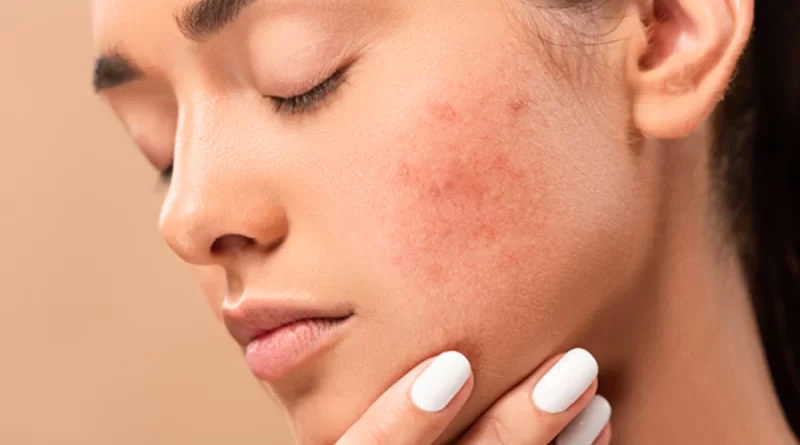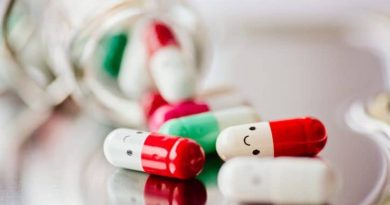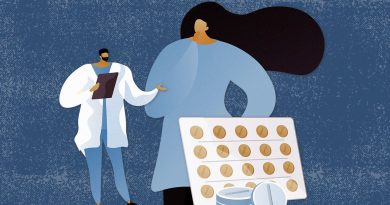Researchers may have found out why bacteria only gives some people acne
Even though up to 80% of us will get acne at some point in our lives, scientists still don’t really know what causes it or, more importantly, how to get rid of it.
But a 2016 study may have found out why skin bacteria only causes inflammation in some people and not others. This could lead to new acne treatments in as little as two years.
At the moment, doctors treat severe acne with antibiotics, hormone regulators (like the pill), or isoretinoin, which is better known by its brand name Roaccutane.
All of these have side effects, some of which are worse than others. Even worse, most of them don’t provide long-term relief, and in some cases, they don’t even work.
There haven’t been any new acne treatments in years, so it’s about time to learn more about the condition.
The 2016 study focused on the fact that bacteria live on almost all of our skin all the time. After all, our skin is the first line of defense against germs that try to get in.
But even though bacteria are always on the skin, some people never get pimples and others can’t get rid of them no matter what they do.
Richard Gallo, the lead researcher from the University of California, San Diego, told MedicalXpress at the time, “It’s a big mystery why we let all these bacteria live on our skin.”
Most of the time, we don’t mind being around them. But sometimes that peace falls apart and you get an infection.
The team thinks that, based on their results, they may have found out what makes this important difference.
Gallo and his team showed that a bacterium that lives on our skin and is usually harmless starts to cause inflammation and pimples when it gets stuck in oily, airless places like hair follicles.
But not everyone’s hair follicles are the same, which could explain why not everyone gets acne. Some people might just have hair follicles that are more suffocating than others, which could make it harder for bacteria to grow.
This might not only explain why people get acne, but it could also show a new way that bacteria cause inflammation, which could help scientists learn more about a wide range of infections.
The researchers were especially interested in a type of bacteria called Propionibacterium acnes, which, as its name suggests, can cause acne.
Most of us always have P. acnes on our faces, but it doesn’t always lead to pimples. So, the team tried putting the bacteria on the skin of mice in different ways to try to figure out what was going on.
They found that P. acnes turned sebum, the oil on our skin, into fatty acids when it was stuck in an airless place with hair and skin cells. This caused inflammation in nearby skin cells.
Usually, enzymes called histone deacetylases turn off this inflammation. However, the fatty acids made by the bacteria turned off this brake, so the inflammation kept going and caused red, itchy breakouts.
So far, the research has only been done on mice. However, the team is now trying to find out if the same inflammation pathway is involved in both mice and humans.
“It shows for the first time how fatty acids from P. acnes act on skin cells to cause inflammation,” Holger Brüggemann, an expert on skin bacteria from Aarhus University in Denmark who wasn’t involved in the study, told Andy Coghlan at New Scientist in 2016.
Brüggemann said that the new findings could also explain why teenagers have so many breakouts. During puberty, their sex hormones make them make too much sebum, which gives P. acnes more fuel.
The bad news is that regularly washing your face isn’t the answer. The team showed that the bacteria stick to your skin because they stick together to make structures called biofilms.
And when this kind of bacterium isn’t causing problems inside hair follicles by suffocating them, it’s actually good for skin health. This is why antibiotic treatments don’t work for many people, and in some cases can even make things worse.
But now that the team knows what makes the inflammation happen, they’re sure they can come up with new ways to treat acne.
Gallo told New Scientist that we can either stop these fatty acids from working or stop them from having an effect on the skin.
We’re trying to figure out how to do this… In two to five years, if we’re lucky, it could lead to new medicines.
Now, the researchers want to find out what it is about some people’s faces that makes them more likely to get acne. In addition to having hair follicles that are especially tight, they may also have genes that make them more susceptible to the inflammation caused by P. acnes fatty acids.
Or, the strains of bacteria on their skin might make more fatty acids than strains on other people’s skin.
“I think all of these things probably have something to do with it,” Gallo said.
Once they figure this out, they’ll be one step closer to not only treating acne, but also possibly stopping it from happening.
Which would be a huge relief for all of us who have had to deal with the pain and humiliation of getting pimples.



